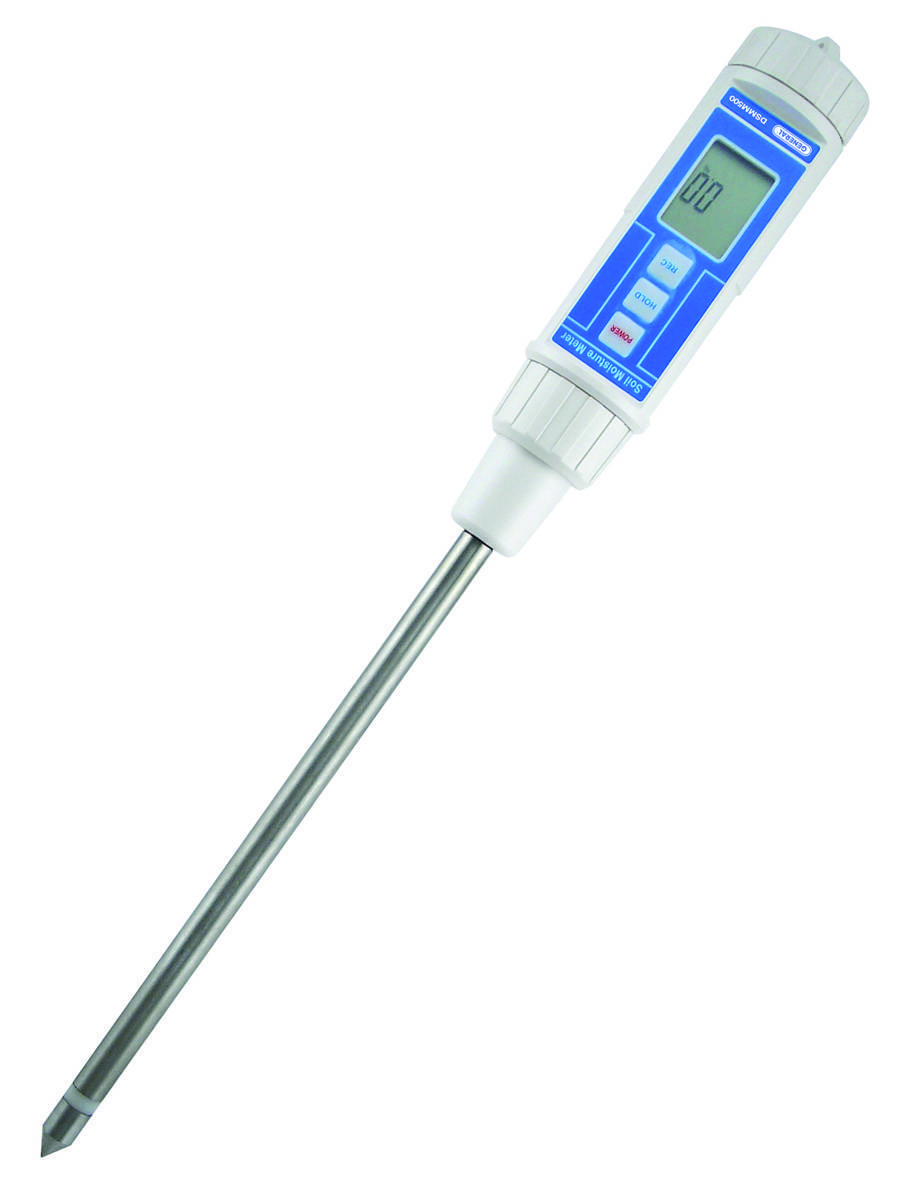Delve Into the World of Moisture Meters: Whatever You Need to Know
In the realm of wetness meters exists a world of accuracy and practicality that often goes unnoticed. Recognizing exactly how moisture meters run, the different kinds available, and their varied usages can shed light on their relevance in guaranteeing top quality and efficiency.
Exactly How Moisture Meters Work
Moisture meters run by measuring the electric conductivity or capacitance of products to identify the wetness web content present. These meters are indispensable devices across various markets, consisting of woodworking, building and construction, and farming. By using various approaches such as pin-type or pinless technology, wetness meters give precise analyses that aid professionals make informed decisions.
Pin-type dampness meters function by placing the sharp pins into the material being tested. On the various other hand, pinless dampness meters utilize electromagnetic signals to scan a larger location without triggering any type of damage to the product's surface area.
No matter of the method used, moisture meters play an important duty in preventing problems such as mold and mildew growth, structural damages, or product issues triggered by excess wetness. Understanding how these meters job is necessary for making sure the quality and honesty of products in various applications.
Kinds of Moisture Meters
Provided the vital role wetness meters play in various sectors, it is important to understand the various types readily available to experts for accurately examining moisture degrees - Moisture Meter. There are primarily 2 main sorts of moisture meters: pinless and pin-type wetness meters

On the various other hand, pinless moisture meters utilize electromagnetic sensing unit plates to check a bigger area of the material without causing any type of damages. This type is ideal for rapidly scanning huge areas and is generally used for floor covering, walls, and ceilings. Pinless meters are practical for taking analyses on finished surface areas without leaving any visible marks.
Both sorts of moisture meters have their benefits and are picked based on the certain requirements of the task handy. Understanding the distinctions in between these types is vital for experts to make exact moisture evaluations.
Applications Throughout Industries
Building and construction experts rely on wetness meters to assess the dampness levels in building the original source products like concrete, timber, and drywall, which is vital for preserving structural stability and preventing problems like rot or mold and mildew. The flooring sector utilizes wetness meters to measure the wetness content in subfloors prior to installing numerous flooring coverings, stopping costly damages due to excess dampness. In the food industry, moisture meters are utilized to check and manage moisture levels in products such as grains, nuts, and dried out fruits to keep freshness and high quality.
Tips for Making Use Of Moisture Meters
Make use of the dampness meter's calibration setups to make sure precise analyses when determining the wetness material in various materials. Additionally, make sure the meter is established to the proper dampness variety for the material you are determining to obtain the most precise outcomes.
When making use of a pin-type wetness meter, insert the pins to the suitable depth advised for the product being checked. This makes sure that the wetness readings are extracted from the proper deepness within the material, providing an extra precise representation of its moisture web content. For pinless wetness meters, remember to maintain correct contact with the material's surface area to get trustworthy readings.
Frequently check and change the batteries in your moisture meter to protect against unreliable analyses because of reduced power. When not in usage to prolong its life-span and maintain its accuracy, Shop the meter in a dry and risk-free area. By following these ideas, you can optimize the performance of your moisture meter and get precise wetness web content measurements across various products.
Maintenance and Calibration
To make certain the precision of dampness web content dimensions, normal upkeep and great site calibration of Recommended Site the wetness meter are vital steps in its appropriate functioning. Calibration adjusts the moisture meter to ensure that it provides regular and trusted outcomes.
Calibration must be carried out regularly, especially if the dampness meter is made use of often or in vital applications where accurate measurements are called for. Several dampness meters feature calibration tools or can be adjusted by expert services. Moisture Meter. It is suggested to maintain a log of calibration dates and results to track the efficiency of the moisture meter over time. By adjusting the wetness and preserving meter frequently, individuals can trust the accuracy of the wetness content measurements obtained.
Final Thought

In verdict, moisture meters play a vital duty in various markets by properly gauging the wetness material of products. Comprehending how these devices function, the different types available, and correct upkeep and calibration are necessary for acquiring reliable results. Whether in agriculture, manufacturing, or construction, the use of wetness meters assists make sure quality assurance and performance in procedures.

In final thought, moisture meters play an essential role in various sectors by properly determining the wetness content of products.
Comments on “Top 10 Benefits of Using a Moisture Meter for Correct Measurements in your house”